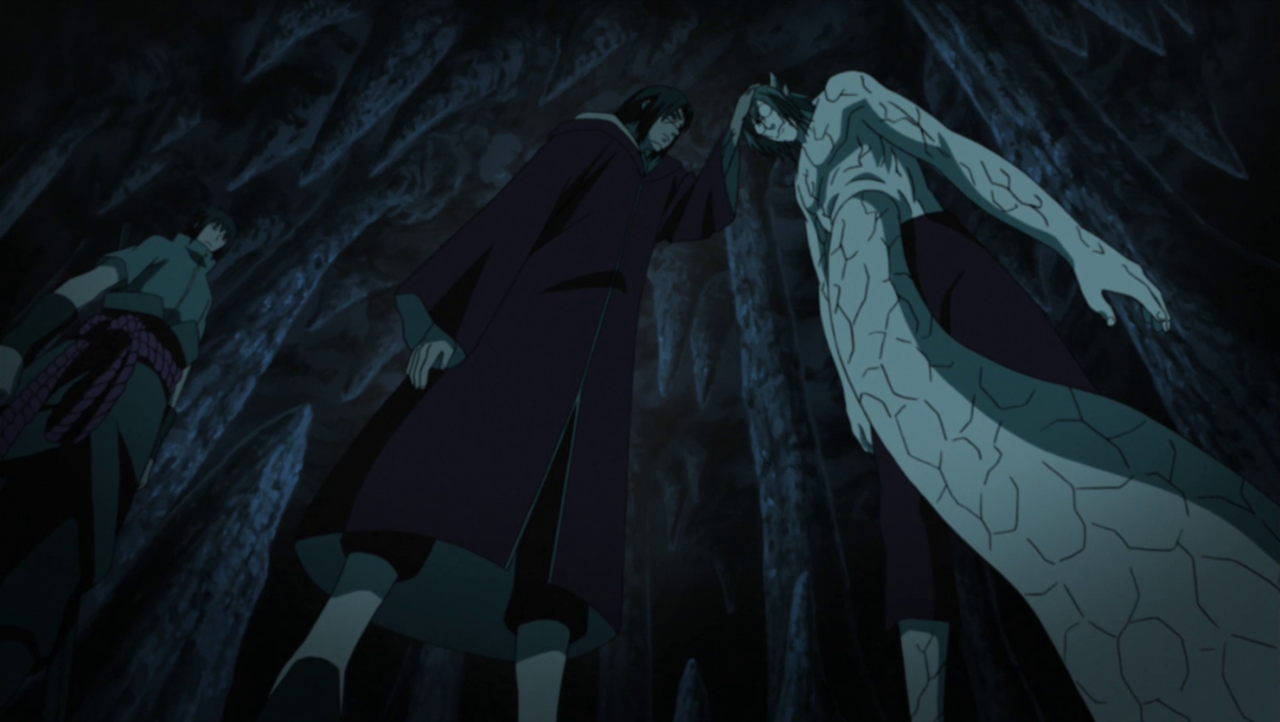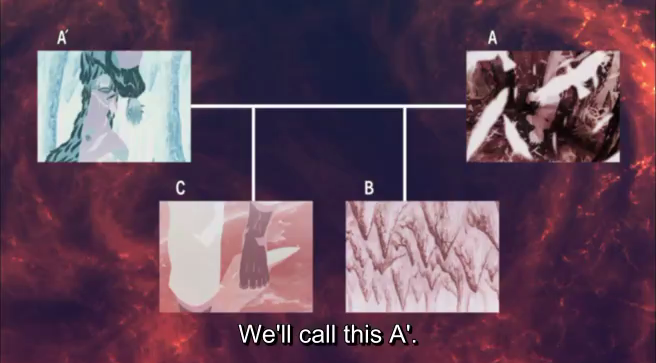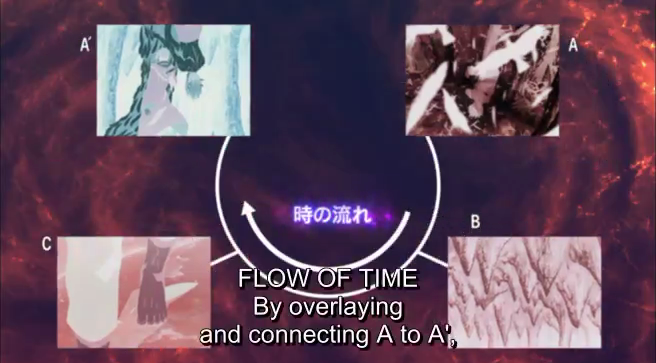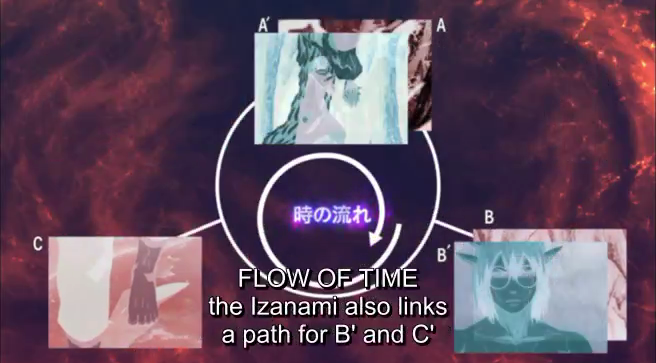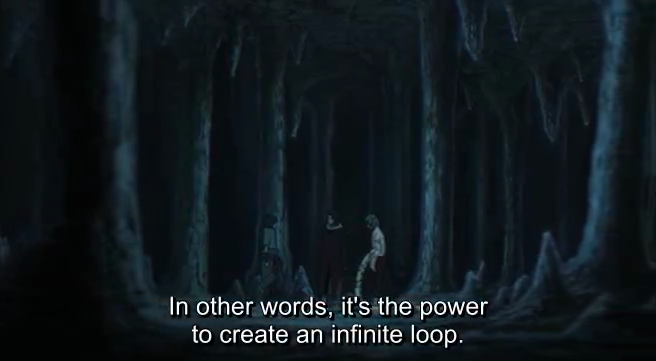I am big fan of Japanese manga and anime. And one of my favourites is the Naruto series. The story revolves around a fictional ninja world and the main character who aspires to become the best ninja in his village (I won’t speak further and deliver spoilers!). The story line, character development and concepts of the series are legendary and I would suggest everyone to watch it at least once (I have done it twice). But this blog is for those who have already watched or are watching the series. And as it might be very complicating and long to summaries the context of my discussion, I want to draw our attention to a particular duel between Kabuto and Uchiha Itachi and its conceptual staging. Beware, spoilers ahead!!
Itachi, who belongs to the Uchiha clan, subdues Kabuto with a powerful technique called Izanami which sends his enemy inside an infinite loop from where there is no escape, unless the victim accepts his fate (defeat). Capturing enemy in endless time loop is not a unique concept, and has been used in many stories including the fight between Dr Strange and Dormammu. And non-combative time loops can be seen in seen in movies like Run Lola Run, Groundhog Day, etc.
But what sets Itachi’s Izanami apart from others is the conscious creation of a time loop (unlike Groundhog Day and Run Lola Run) and the detailed explanation of the phenomenon (which seemed missing in the case of Dr Strange). And this explanation, however absurd it might sound, touches upon a very deep understanding of human memory and its working (storage and retrieval). In that sense, it is more novel and hence acceptable. But before I explain that, let us understand what Izanami is.
Izanami and its activation requirement
To begin the technique, after selecting any arbitrary moment, the caster uses their Sharingan (special eye technique) to remember the physical sensations both of their body and that of their opponent's during that instant like a photograph (represented as: A). The user must then intentionally replicate the same sensation and in the same way, memorise that instant with their Sharingan (represented as: A'). Izanami overlaps and connects these two identical bodily sensations (A and A'), as well as the flow of time between them, creating an infinite loop of events that entraps the opponent's consciousness. The user can also use their Sharingan to remember multiple sensations, (represented as B, C and so forth) and those sensations will also be used when Izanami is activated. The user also doesn't need necessarily to replicate A with A' to initiate Izanami. They can also replicate B with B' or C with C' as well. The more sensations they memorise, the better their chances would be to initiate Izanami on a person and the more sensations the victim will experience each time they repeat a loop.
Memory and sensations
Do you remember your morning breakfast? Was it exceptionally good or you felt the same old mundane taste like the last one? What about your way to the office or college? Did you see, hear and feel anything different today? Chances are that you might not. We usually remember the first time we had alcohol or met our partner, but not what were we doing a week ago. An incredibly delicious meal lingers in our mind for months, even years. So do painful events like a road accident, family death, etc (we call it trauma). Many of us have very strong memories associated with smell, like that of school (location), or old books (objects), etc. And blind folks literally live on the perception of sounds and touch. Hence, the mystery is not that pertaining to time, but to how stimulating the event in question is to the individual’s psyche.
Our body and sensory receptors pick up millions of stimuli by the second, but only a fraction of it is stored into our mind. At any given moment there are about 11 million pieces of information that are running through our brain, and only 40 of them are processed consciously. Cut out even more and you will be left with the ones that you can recall (which are also called memories in the broadest terms). We record our experiences like a camera records images or film. It is sensitive to the light that falls on the sensor and the chemicals or photoreceptors react to it according. It has no knowledge of what is the content of the photograph and its meaning. The films nevertheless occupy space in the reel or memory chip, before they are handpicked and filtered out by the editor. Our human body is very much like the camera and our brain is the editor at work and by the camera, I don’t mean just the visual part of the experience. Just sudden jolts of stimulation remain fresh in the brain for a very long amount of time. For eg. If a snake crosses my path to the college, I would remember it for a long time.
The other day me and my friend saw a wild neelgai trying to cross the road between our college and adjoining forest.
Pic credits: Utkarsh Anand
Izanami uses this concept to function. As explained in the extract above, the sensations of the Sharingan user and his enemy during the battle are recorded and played in a loop in the consciousness of the latter. Masashi Kishimoto, the creator of the Naruto series, carefully picked the sensations that Itachi used against Kabuto to initiate a successful Izanami. So much so, that these can serve as a good example for understanding short-term memory in a highly tense environment.
